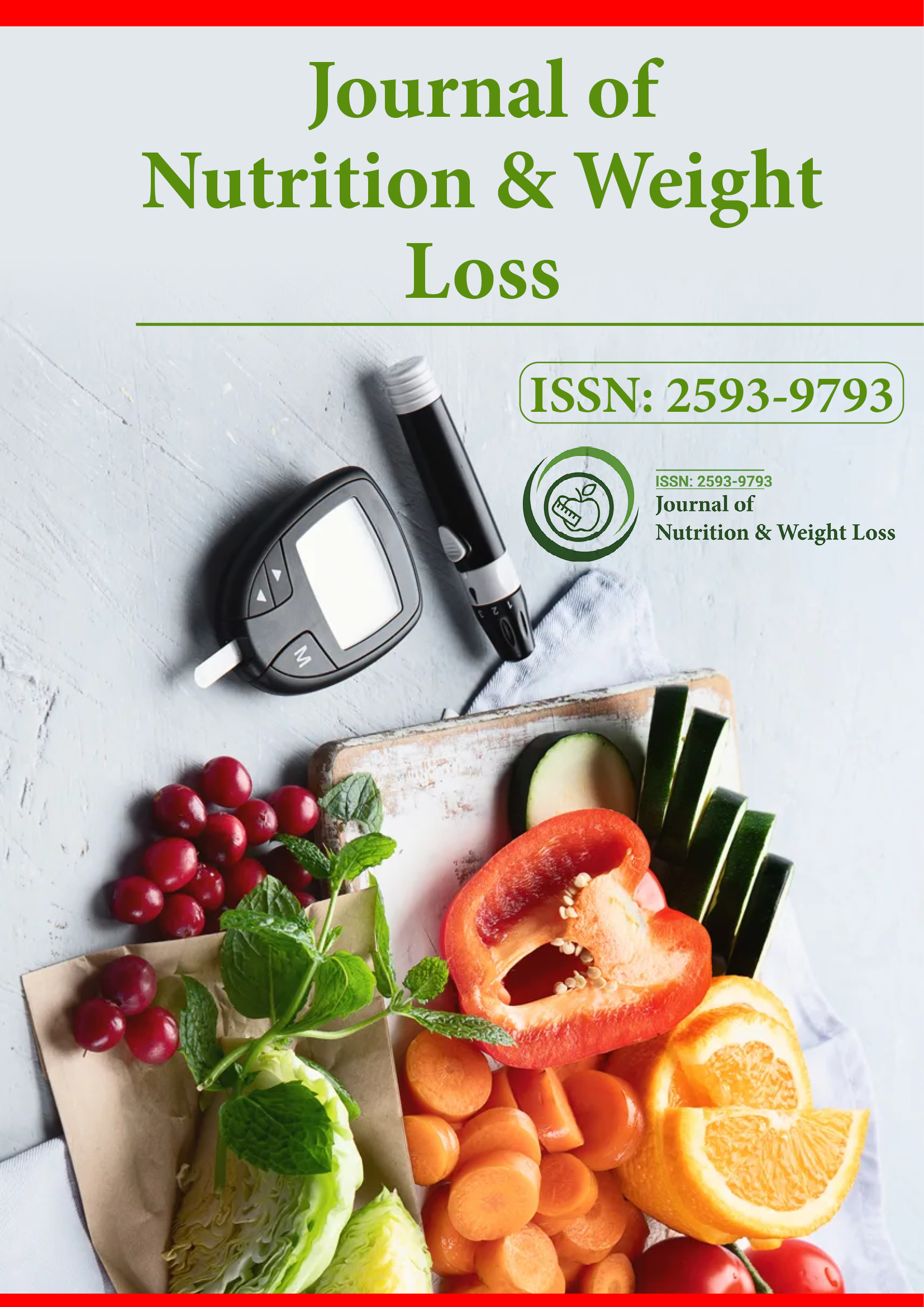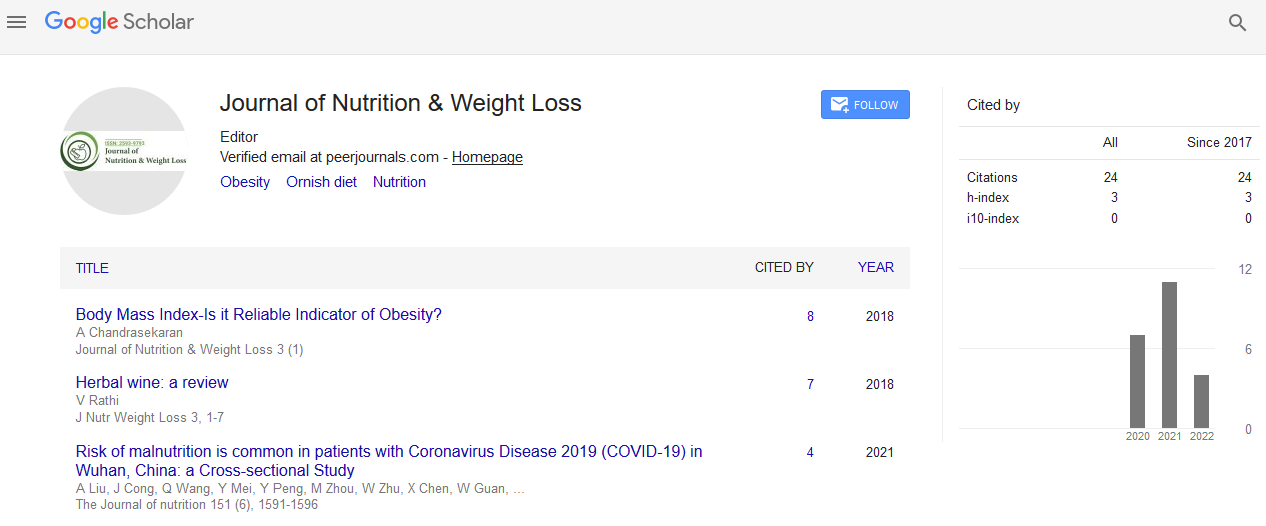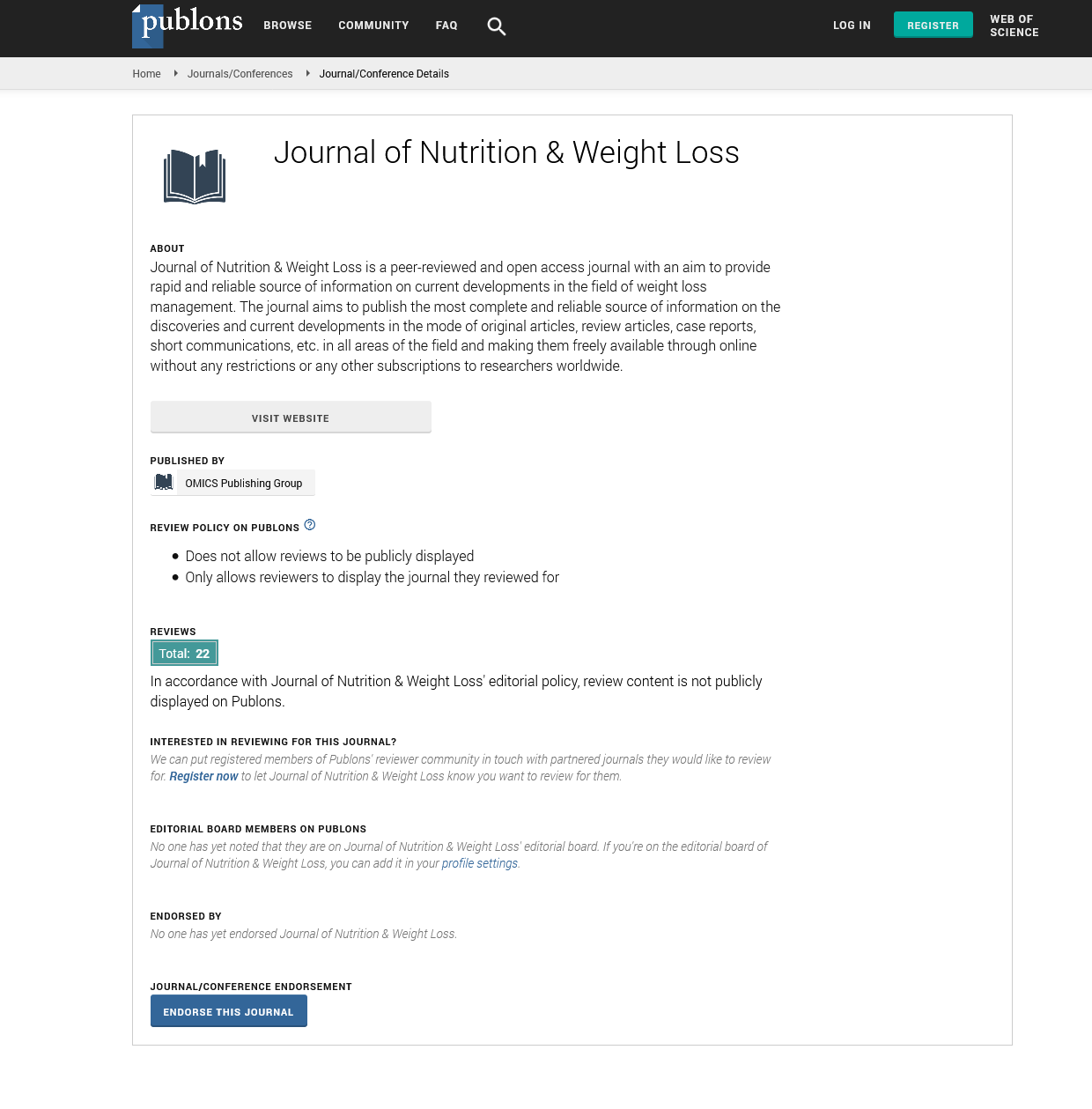Indexed In
- RefSeek
- Hamdard University
- EBSCO A-Z
- Publons
- Euro Pub
- Google Scholar
Useful Links
Share This Page
Journal Flyer

Open Access Journals
- Agri and Aquaculture
- Biochemistry
- Bioinformatics & Systems Biology
- Business & Management
- Chemistry
- Clinical Sciences
- Engineering
- Food & Nutrition
- General Science
- Genetics & Molecular Biology
- Immunology & Microbiology
- Medical Sciences
- Neuroscience & Psychology
- Nursing & Health Care
- Pharmaceutical Sciences
Perspective - (2023) Volume 8, Issue 1
Revealing Protein Content Dynamics of Human Milk through Computational Nutrition Science
Jessica Robert*Received: 21-Feb-2023, Manuscript No. JNWL-23-20978; Editor assigned: 24-Feb-2023, Pre QC No. JNWL-23-20978(PQ); Reviewed: 14-Mar-2023, QC No. JNWL-23-20978; Revised: 21-Mar-2023, Manuscript No. JNWL-23-20978(R); Published: 28-Mar-2023, DOI: 10.35248/2593-9793.23.8.157
Description
Human milk is a highly complex and dynamic fluid that provides the optimal source of nutrition for infants. It is composed of various macronutrients, including carbohydrates, lipids, and proteins, as well as micronutrients and bioactive molecules that are essential for infant growth and development. Among these components, proteins are of particular importance, as they are the building blocks of tissues and organs and play a critical role in the development of the infant immune system. The protein content of human milk is highly variable and changes over time, with a peak concentration occurring during the first month of lactation and a gradual decline thereafter. This variability is thought to be influenced by various factors, including maternal age, parity, and diet, as well as the infant's age, weight, and feeding frequency. However, the underlying dynamics of these factors and their interactions are not well understood. Recent advances in computational approaches to nutrition science have provided a new tool for studying the dynamics of human milk composition. These approaches use mathematical models and algorithms to analyze large datasets of human milk samples and to identify patterns and trends in the data. This approach allows researchers to identify key factors that influence milk composition and to develop predictive models of milk composition based on these factors.
One recent study used a computational approach to investigate the dynamics of the protein content of human milk. The study collected data from 1,430 milk samples from 112 women over the course of lactation. The samples were analyzed for their protein content and for various factors that are known to influence milk composition, such as maternal age, parity, diet, and infant age and weight. The study found that the protein content of human milk follows a complex pattern over time, with a peak concentration occurring around 40 days after birth and a gradual decline thereafter. This pattern is consistent across different populations and is likely influenced by a combination of factors, including the infant's growth and development and the changing composition of the mammary gland tissue.
The study also found that the protein content of human milk is influenced by various maternal and infant factors. For example, maternal age and parity were found to have a significant effect on milk protein content, with older mothers and multiparous women producing milk with higher protein content. Maternal diet was also found to be an important factor, with women who consumed a higher proportion of animal-based protein producing milk with higher protein content. In addition, the study found that the protein content of human milk is influenced by the infant's age and weight. Infants who were born prematurely or who had a lower birth weight tended to receive milk with higher protein content, presumably to support their growth and development. Similarly, infants who were breastfed more frequently tended to receive milk with higher protein content, presumably to meet their increased energy and nutrient needs.
Conclusion
Overall, these findings highlight the complex and dynamic nature of human milk composition and the importance of considering multiple factors when studying milk composition. The computational approach used in this study provides a powerful tool for analyzing large datasets and identifying patterns and trends in the data. This approach can be used to develop predictive models of milk composition and to identify key factors that influence milk composition. The implications of this research are significant for infant nutrition and health. Understanding the dynamics of human milk composition can help researchers develop more targeted interventions to improve infant health outcomes. For example, interventions could be designed to promote the production of milk with higher protein content in mothers who are at risk of producing milk with lower protein content, such as younger or undernourished mothers. Similarly, interventions could be designed to promote more frequent breastfeeding in infants who are at risk of receiving milk with lower protein content, such as premature or low-birthweight infants.
Citation: Robert J (2023) Revealing Protein Content Dynamics of Human Milk through Computational Nutrition Science. J Nutr Weight Loss. 8:157.
Copyright: © 2023 Robert J. This is an open-access article distributed under the terms of the Creative Commons Attribution License, which permits unrestricted use, distribution, and reproduction in any medium, provided the original author and source are credited.


